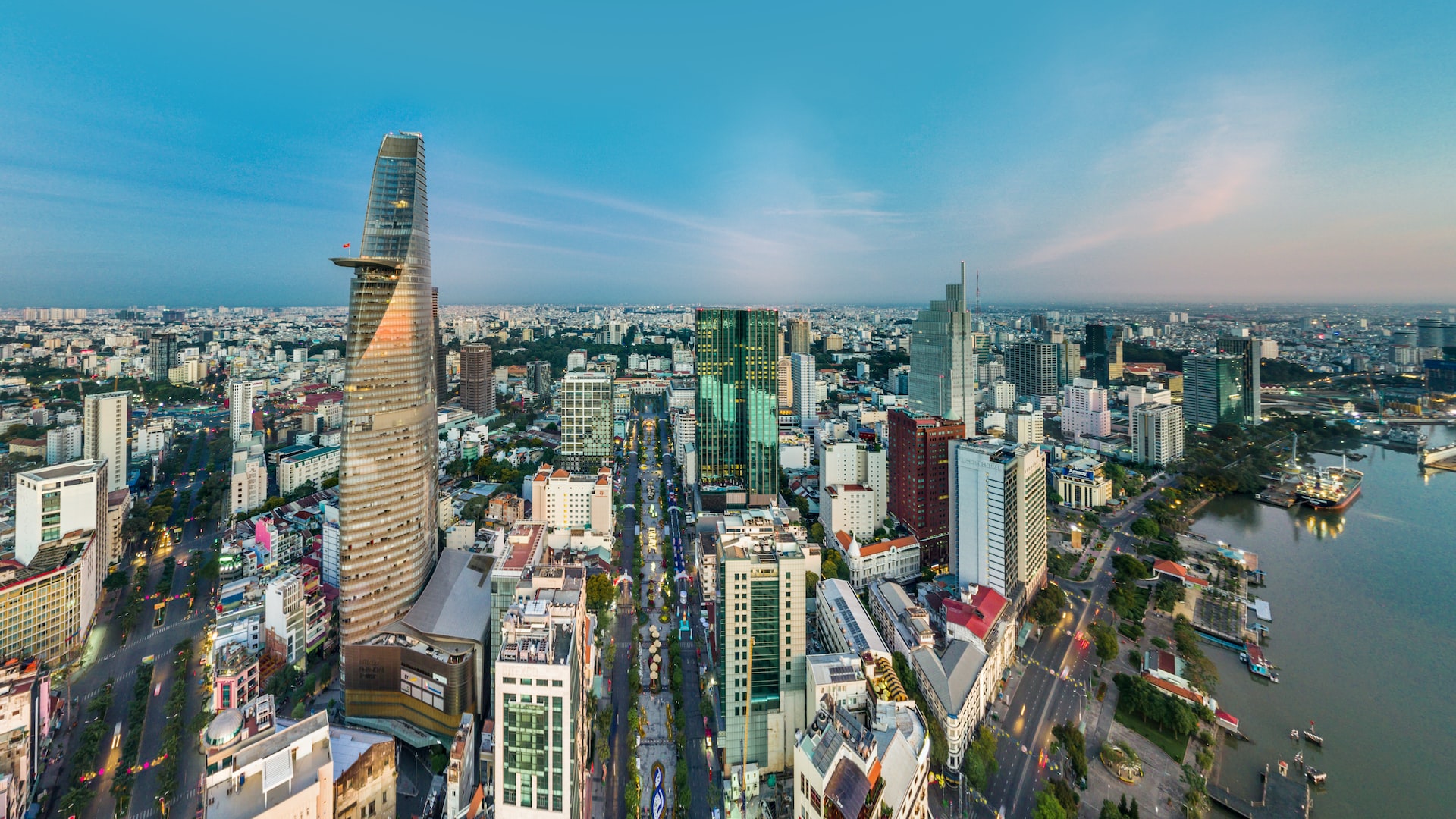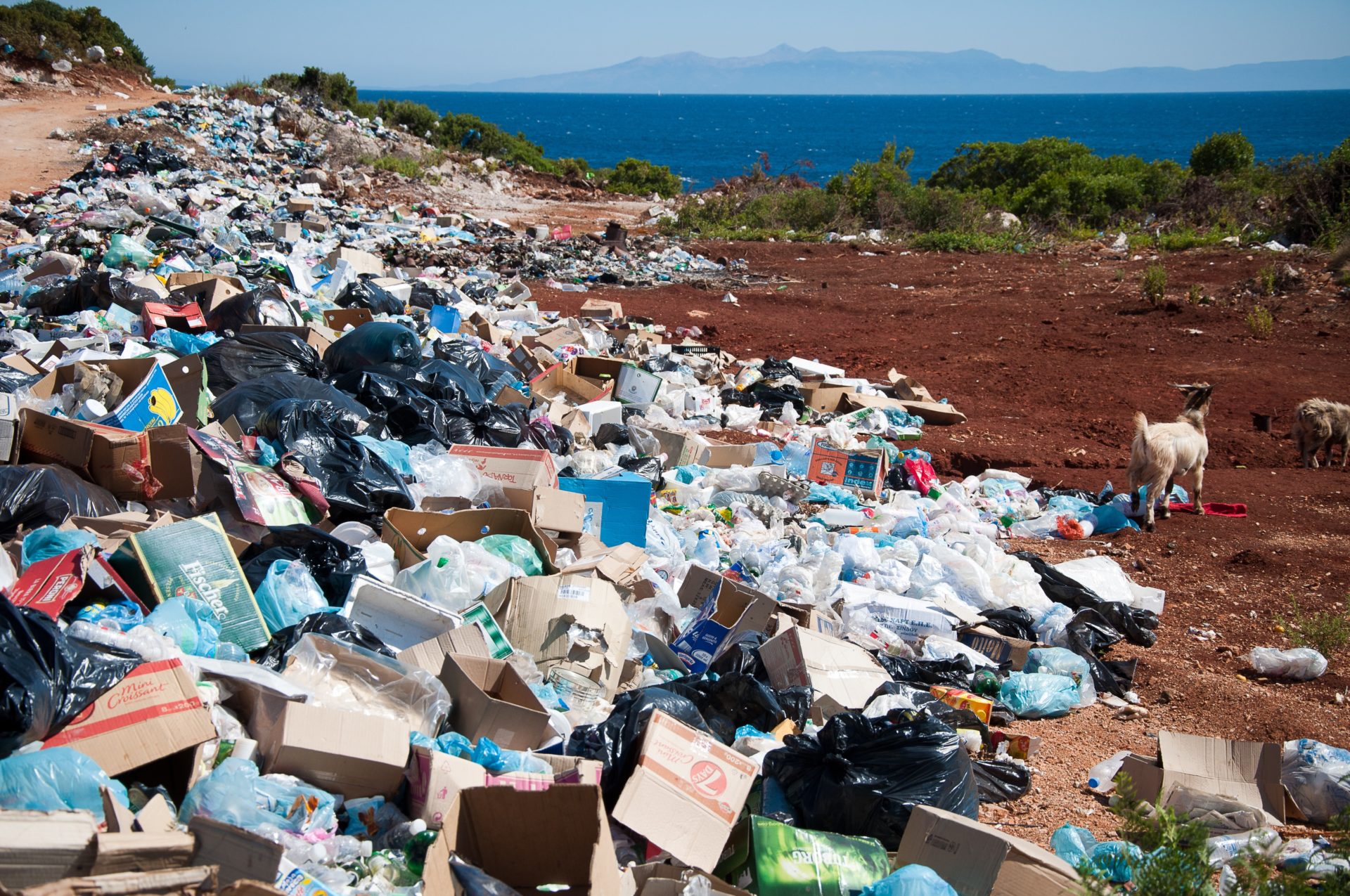Ensuring Inclusive Growth in India and Vietnam
Growth is often times linked to GDP growth of a country or income per capita growth of a nation’s citizens. But measuring inclusive growth requires more. In an article contributed by late former Japanese Prime Minister Shinzo Abe to CNN, he aptly defines inclusive growth: “Human security recognizes the importance of individuals, and that the key to ensuring growth in developing countries is to foster individual talent and abilities, build self-reliance and put people in a position to make a broader contribution to society. Growth must be inclusive, and no-one must be left behind.”
These few sentences clearly indicate the need to strengthen the people aspect, putting them in a perfect position to make the right decisions for their societies. And in this way, we can foster inclusive growth. We will come to further read how India and Vietnam have fared in advancing inclusive growth in their respective nations and plans they have for the future.
This is the theme of one of our topics in the upcoming Horasis India Meeting, being held between 25 to 26 September, 2022 in Vietnam. The other themes discussed in the meeting will center around geopolitics, impacts of COVID-19, and the various pressures being faced by national economies. The event will bring together 300 of the most senior members of Horasis, suggesting ways in which developing economies, particularly India and Vietnam can realize a sustainable and resilient future.
Determinants to Measure Inclusive Growth
The UNCTAD measures inclusive growth through four pillars. First is economy, second is living conditions, third is equality and the fourth is environment. Based on these pillars and the metrics that govern it, UNCTAD found that developing economies scored lesser than developed economies on an average. But even within developing economies in Asia, we can see vast difference in terms of living conditions, equality and economy. Take the case of Singapore, that scored 88.6 in terms of its living conditions, meanwhile Myanmar scored 36.2.
Other factors that we often tend to overlook when we talk about inclusive growth is happiness or how satisfied the people are of a particular country with its government. A happy and satisfied workforce tends to give their best at the workplace, delivering maximum productivity and outcomes not only for the organization, but also toward the development of a country.
The World Happiness Report 2021 indicates how factors such as freedom to make life choices, healthy life expectancy and social support are pre-requisites to a strong GDP per capita. Finland tops the list, ahead of other super powers such as the US and UK. Vietnam is ranked 77, while India ranks at the bottom end with 136. The least ranked country in the index was Afghanistan (146th).
Inclusive Growth Initiatives
India’s New India @75 vision charts out an inclusive growth path for the country to reach a GDP of 9% to 10% by 2022-23. The plan details to use technology to drive participatory development; provide access to urban services for the poor and slum dwellers; and also make health and education affordable for the poor.
Rashtriya Krishi Vikas Yojana is a central government scheme started in 2007, with the objective of financing approved farming projects, strengthening farmer’s efforts and promoting agri-entrepreneurship and innovations. Between 2017 and 2020, the government allocated INR15,722 crores (US$1.97 billion) to the scheme.
Meanwhile, Vietnam has recently approved to disburse 50% of the VND350 trillion (US$15.42 billion) under its economic recovery program to boost the socio-economic recovery of the country. Under the initiative, the government plans to spend VND6.6 trillion (US$281.39 million) in providing housing support for laborers working in industrial parks, export processing zones and key economic regions. And those who return to work will also receive cash support in renting houses for three months, while also being provided access to loan worth up to hundreds of millions of Vietnamese dong for production development.
Vietnam is also embarking on becoming a circular economy from a linear economy. It aims to reduce 75% of its marine plastic debris by 2030. Vietnam is one of the top four generators of plastic waste in the world, generating around 280,000 tons per year. By 2025, the circular economy will contribute to less waste being dumped in the open and in oceans; increasing use of renewables and increasing forest coverage.
Way Ahead
Both India and Vietnam acknowledge the need to grow together. They have initiated several schemes and programs to address growth that is inclusive and sustainable in the long run. More buy-in is needed from stakeholders such as citizens and corporates to realize the success of such transition.
The countries can also learn from each other and imitate other initiatives from around the world to drive inclusivity.
Photo Caption: Both Vietnam and India must target inclusive growth to ensure that every rung of society benefits from development.



